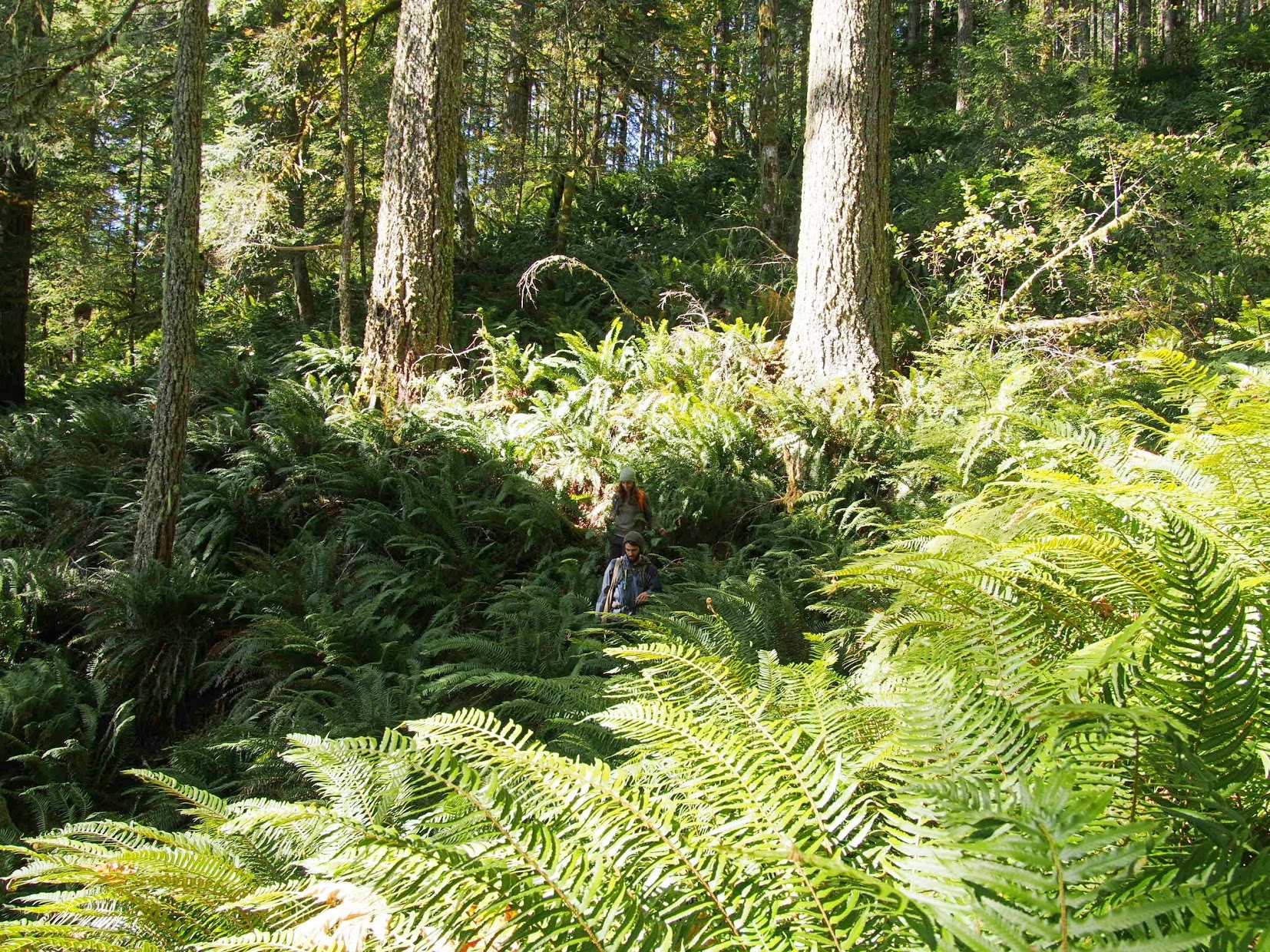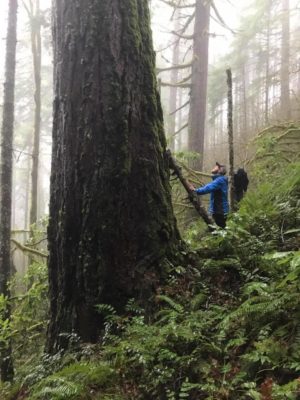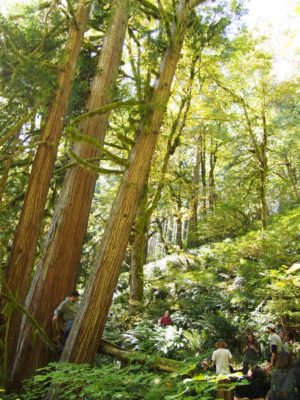
N126 Timber Sale
Thank you to everyone that submitted comments on this project and helped field check this massive area! Stay tuned for opportunities to help push back on the Bureau of Land Management logging agenda for our public forests in western Oregon.
KEY INFO
- Located in coastal rainforest north of Highway 126
- 33,000 acre project area: 25,200 acres in Siuslaw Field Office, 6,300 acres in Mary’s Peak Field Office
- Targets for Commercial Logging: Late-Successional Reserve (LSR) = forest set aside to become old, and Riparian Reserves (waterways); including known spotted owl, marbled murrelett, Oregon Coast coho salmon, and red tree vole habitat
- Would log stands ranging in age from 30-130 years-old for commercial thinning
- Includes 10 Watersheds: Lake Creek, Long Tom River, Wild Cat Creek, Deadwood Creek, Five Rivers, Lower Siuslaw River, and Upper Alsea River. Mostly in the Lake Creek Watershed.
UPDATE
Along with our allies, Cascadia Wildlands formally protested the agency’s decision to move forward with this ill-advised plan. The agency has denied our protest and will be moving forward with offering timber sales under this plan soon. We have appealed the N126 project to the Interior Board of Land Appeals, and are considering our other options.
May 26, 2022: Lawsuit filed challenging the N126 Project logging plan.
BACKGROUND OF SALE

The N126 timber sale is located in coastal rainforest north of highway 126 in the Bureau of Land Management’s Siuslaw field office. The BLM is currently planning 25,000 acres of commercial thinning in 30-130 year old Late-Successional Reserve (LSR) forests, which are specifically set aside to for spotted owl habitat and old growth characteristics under the Northwest Forest Plan. The BLM claims that the the forest within this sale is made up of mostly homogeneous stands in need of commercial thinning, but our onsite visits have shown otherwise. While there are indeed a number of young plantations in the sale that could benefit from fire-wise thinning, a number of the units in N126 are healthy forests with many large legacy trees, layered canopies, and diverse plant species.
The N126 LSR Landscape Plan Environmental Assessment (EA) has been made available. It was developed by the BLM to consider options, such as timber sales, non-commercial treatments, and associated restoration activities, on stands within the Late-Successional Reserve (LSR) and adjacent Riparian Reserve Land Use Allocations (LUA). Their analysis area for the EA includes approximately 25,200 acres of LSR and Riparian Reserve LUA stands north of Hwy 126 and within the Siuslaw Field Office, as well as approximately 6,300 acres of LSR and Riparian Reserve LUA stands within the Mary’s Peak Field Office and encompasses portions of seven HUC 10 watersheds (formerly known as 5th field watersheds) including Lake Creek, Long Tom River, Wild Cat Creek, Deadwood Creek, Five Rivers, Lower Siuslaw River, and Upper Alsea River. The majority of the acres in the analysis area are located within the Lake Creek watershed.
OUR CONCERNS

Timber production mandates appears to be a primary reason why this project is being proposed and pursued. These lands are designated Late-Successional and Riparian Reserve and should be set aside for protection, not for timber production. Cascadia Wildlands’ field checking team has explored this timber sale extensively and found many old-growth groves in the middle of proposed timber sale units. These places should not be targeted for logging.
We are also concerned that this scale is proposed on such a large landscape. In addition to uncovering many old forest groves, Cascadia’s WildCAT field checking team has found unmarked waterways and even a historic fire tower in the middle of the timber sale. We are concerned to find these places currently in the logging proposal. Forest management must be based in site-specific understandings of stand conditions, not on a landscape level. We are concerned that the scale of this project makes it difficult for site-specific analysis to be possible.
Cascadia’s WildCAT field checking team has made multiple visits to the area.
Visit the BLM’s project page for N126 here.
We will keep you updated!
- Get involved with WildCAT to join in on one of our upcoming trips!
- Read our Report Back from Basecamp blog post that highlights our field checking and skill building weekend we held out in a portion of the N126 timber sale.
